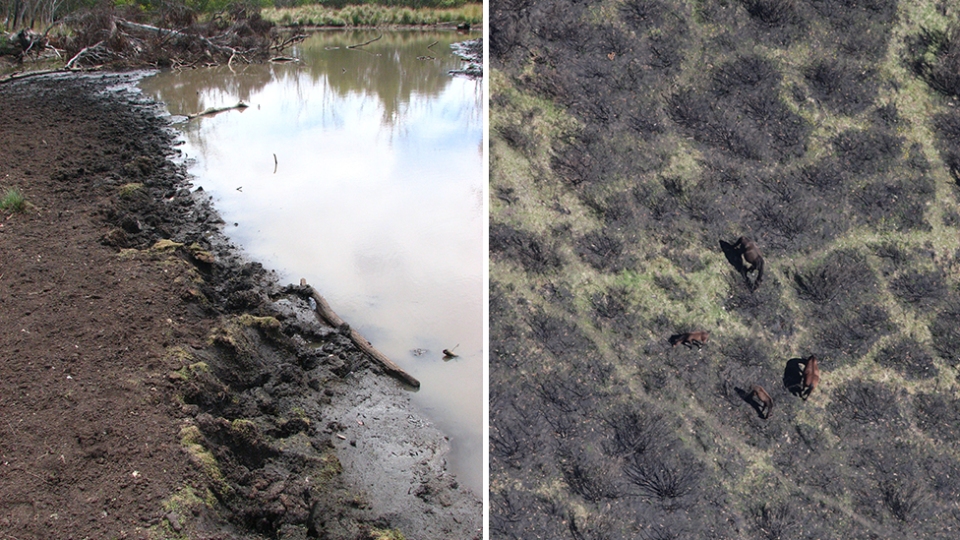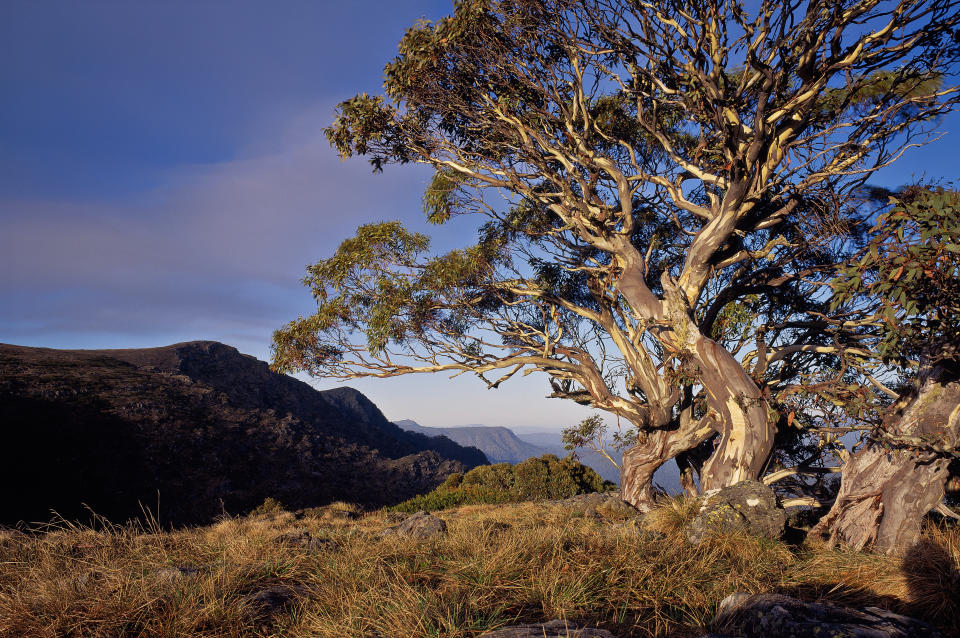Invasive pest or Aussie heritage? Debate rages as brumby slaughter looms
The planned culling of brumbies in Victoria’s high country is being labelled a blow to Australia’s heritage, but environmentalists say the measure is key to preserving a sensitive ecosystem.
On Monday, the government aims to deploy small ground-based teams of professional shooters into conservation sites, where they will use thermal imaging and silencers to begin removing the horses.
Parks Victoria say the measure is needed to ensure the preservation of a unique alpine environment which evolved for millions of years, before the introduction of horses.

Australian Brumby Alliance Inc had sought an injunction to stop the horses being removed from the Bogong High Plains, but last Friday the federal court ruled in favour of Parks Victoria.
Pending the judgement, all trapping and rehoming was suspended for 18 months.
During this time Parks Victoria conducted a survey which found horse numbers had grown from 9,000 to 24,000 over five years.
Australian Brumby Alliance Inc’s Jill Pickering told Yahoo News Australia they are unlikely to appeal the decision, adding that short of a groundswell of public demand to save the brumbies, she fears all of the animals will all be culled.
Instead of shooting, Ms Pickering says that for minimal cost, the brumbies, which she says have cultural value, could be maintained using fertility control.

“We’re not saying horses never cause damage, we’re saying too much of any species, including humans, is not good for the environment.
“The guts of our gripe is that these horses are heritage, they go back through Australian history.
“People love seeing them, they’re a part of Australia, and have been for a long time, and have contributed, but no, the government says, we want them out, kill them, and that’s in three days time.

‘They’re becoming the dominant mammal’: Aussie wildlife under pressure
Reports of the impact of hard-hoofed animals on Australia’s alpine regions date back more than 100 years, with a report in 1893 saying the damage of cattle grazing should not be tolerated.
Growing numbers of horses have continued to modify parts of Victoria’s landscape, but there are still significant untouched areas that they are yet to move into.
Invasive Species Council CEO Andrew Cox told Yahoo News Australia that with no natural predators in Australia, human intervention is critical in preserving the Victorian Alps fragile ecosystems.

“For anyone who visits the area, the damage to these areas is pretty obvious and they’re becoming the dominant mammal,” he said.
“That is a great worry if we’re trying to keep our national parks as the last strongholds of our native biodiversity.
“The native animals in the park have been evolving for millions of years, so in the scheme of things horses have only been here for a short period of time.
“The landscape is changing and is being impacted in a way which means the native animals are finding it difficult to survive.
“The native animals in our national parks are there to be protected and the growing horse numbers are putting that at risk.”
'It's devastating': Concern for threatened animal amid state's trapping plan
'Shredded': Call for rethink of barbed wire fencing after horrendous deaths
The battle to save Australia's dying koalas continues amid coronavirus crisis
Once the horses are removed, Mr Cox expects to see continued erosion as alpine environments are slow to recover.
He hopes to see a restoration program that will help remaining native species bounce back.
Do you have a story tip? Email: newsroomau@yahoonews.com.
You can also follow us on Facebook, Instagram and Twitter and download the Yahoo News app from the App Store or Google Play.




